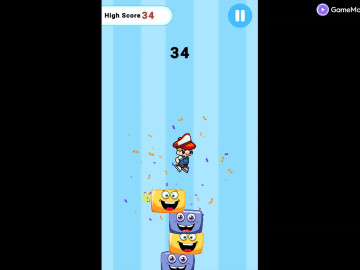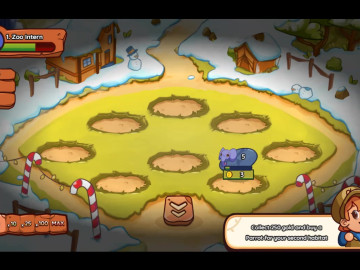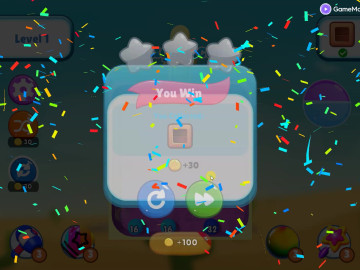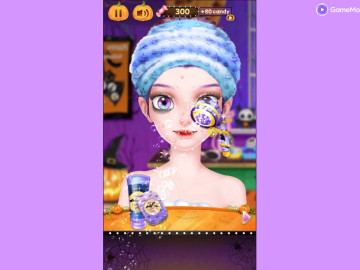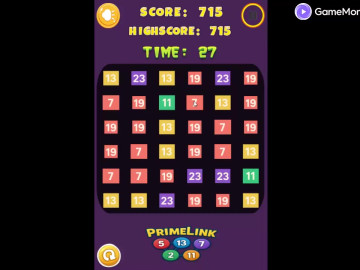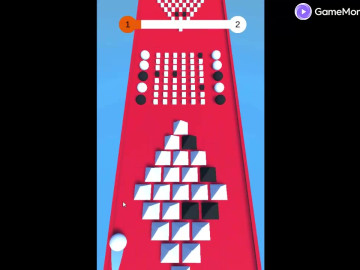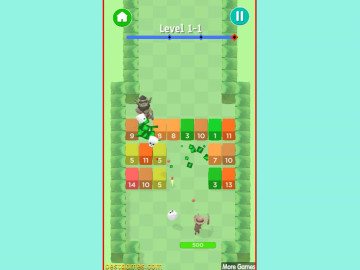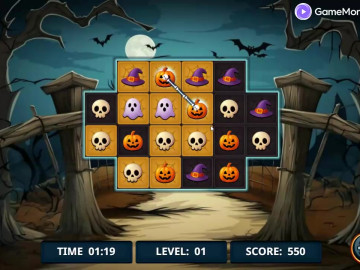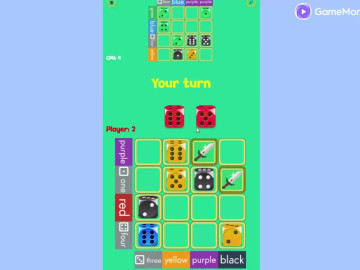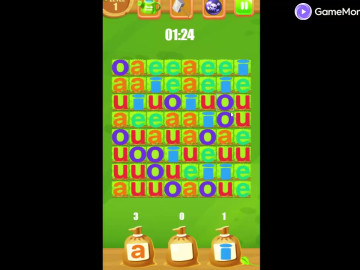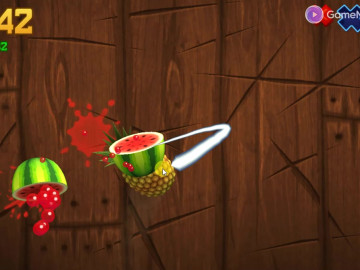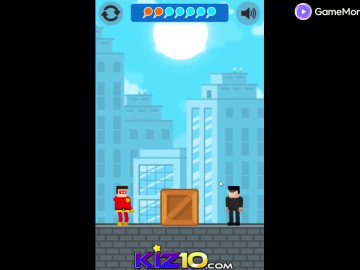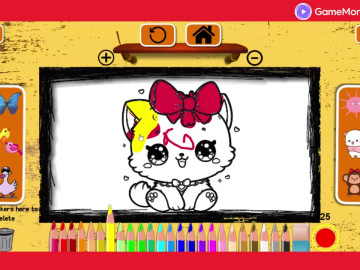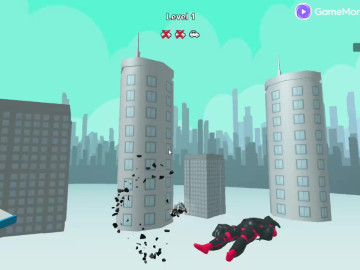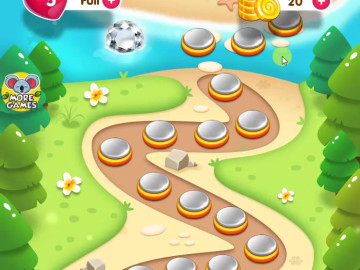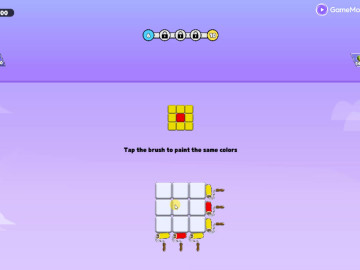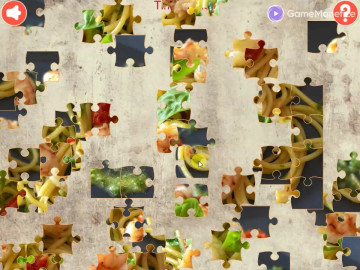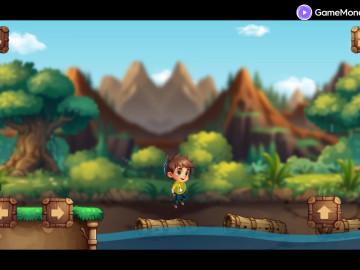Hexa Merge 2048: Puzzle
Panašiai kaip
(4)
Nepatinka
(1)
Pasinerkite į Hexa Merge 2048, jaudinantį dėlionės žaidimą, kuris sujungia skaičius ir linksmybes! Sujunkite spalvingas, besišypsančias šešiakampes plyteles magiškame nuotykyje. Sudėkite skaičius, tokius kaip 2, 4 ir 8, kad sukurtumėte 2048 šiame protą lavinančiame iššūkyje. Su savo mielu, vaikams draugišku dizainu ir paprastu "bakstelėk, kad sujungtum" žaidimu, tai puikus lavinamasis žaidimas vaikams. Mėgaukitės ryškia grafika, atpalaiduojančia muzika ir begaliniu dėlionės malonumu. Atsisiųskite geriausią nemokamą skaičių žaidimą ir pradėkite savo jungimo kelionę jau šiandien.
Žaidimo valdymas
SIGNAL: The user wants only the translated text. I need to be careful not to add any extra conversational text or formatting.The text "Mouse click or tap to play" is a common phrase in user interfaces, indicating an action the user needs to perform to start something.
In Lithuanian:
- "Mouse click" can be "Pelės paspaudimas" or just "Paspauskite pele" (Click with mouse).
- "or" is "arba".
- "tap" (as in touch screen) is "bakstelėkite" (imperative, you tap) or "bakstelėjimas" (the act of tapping).
- "to play" is "žaisti" (infinitive) or "norėdami žaisti" (in order to play).
Combining them for a natural UI phrase:
"Pelės paspaudimas arba bakstelėjimas norint žaisti" - "Mouse click or tap to play" (literal noun forms)
"Paspauskite pele arba bakstelėkite norėdami žaisti" - "Click with mouse or tap to play" (imperative, more direct action)
The second one "Paspauskite pele arba bakstelėkite norėdami žaisti" sounds more like an instruction.
A more concise version often seen in UIs would be:
"Paspauskite arba bakstelėkite, kad žaistumėte" (Click or tap so that you play) - this is very common construction.
Or even simpler:
"Paspauskite arba bakstelėkite norėdami žaisti" (Click or tap wanting to play / to play) - also very common.
Let's consider "Mouse click or tap" as the subject/action, and "to play" as the purpose.
"Paspauskite pelę arba bakstelėkite, kad žaistumėte." (Click the mouse or tap to play.) - This is good. "Pelę" instead of "pele" if "paspauskite" is transitive to "pelę". If "paspauskite" is understood as "paspauskite (mygtuką) pele", then "pele" is correct (instrumental). For general "mouse click" meaning, "paspauskite pele" (click *by* mouse) or "pelės paspaudimas" (mouse's click) are common.
Let's go with a common and clear imperative:
"Paspauskite pelę arba bakstelėkite, kad žaistumėte."
Alternative: "Paspauskite pelę arba bakstelėkite ir žaiskite." (Click mouse or tap and play) - also possible.
Let's stick with the most direct and common UI phrasing for "to do X, do Y":
"Paspauskite pelę arba bakstelėkite norėdami žaisti." (Click mouse or tap in order to play)
"Paspauskite pelę arba bakstelėkite, kad žaistumėte." (Click mouse or tap, so that you would play) - This one is very idiomatic.
Let's try to capture the "Mouse click or tap" part directly as subject if possible.
"Pelės paspaudimas arba bakstelėjimas norint žaisti." (Mouse click or tap for playing) - This is good too, perhaps slightly more formal or descriptive than an instruction.
Given it's usually an instruction, an imperative form is better.
"Paspauskite pelę arba bakstelėkite, kad žaistumėte."
This sounds natural and common for such instructions in Lithuanian UIs.
I need to print ONLY this.

